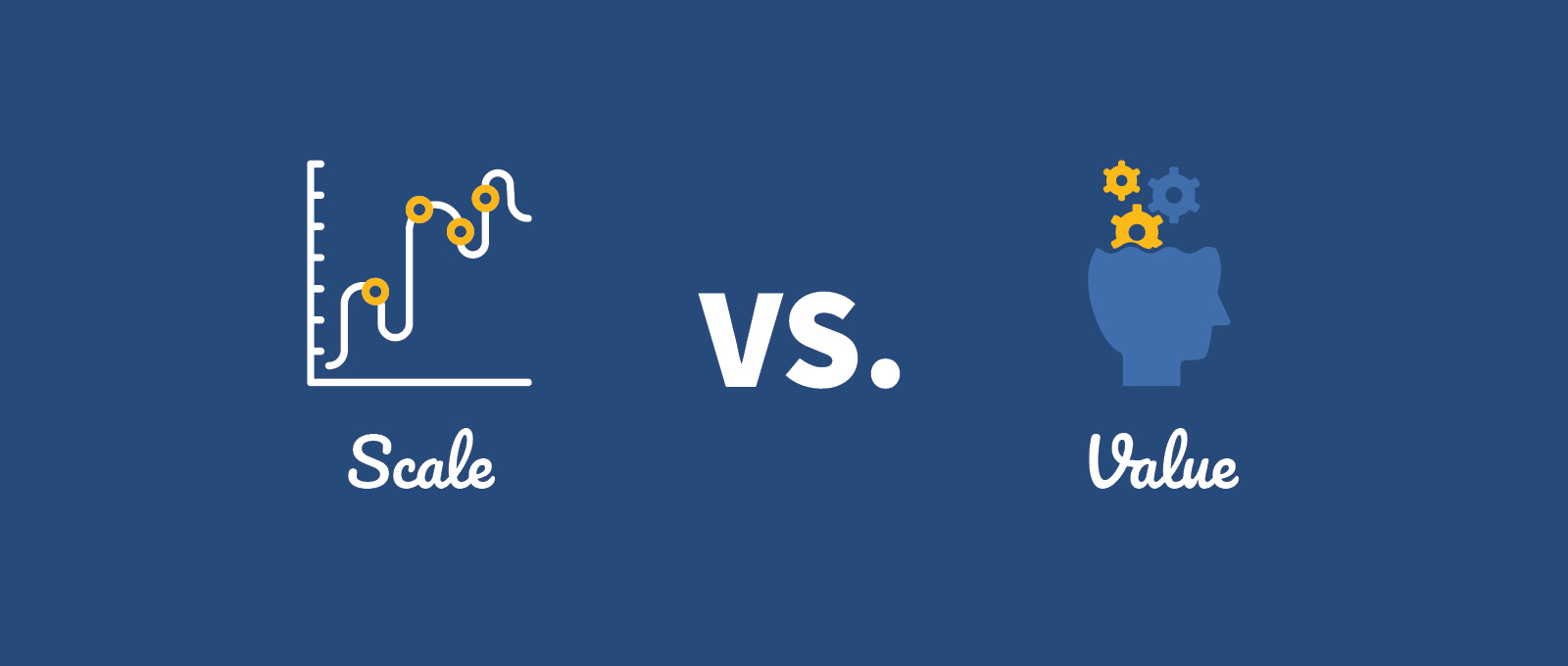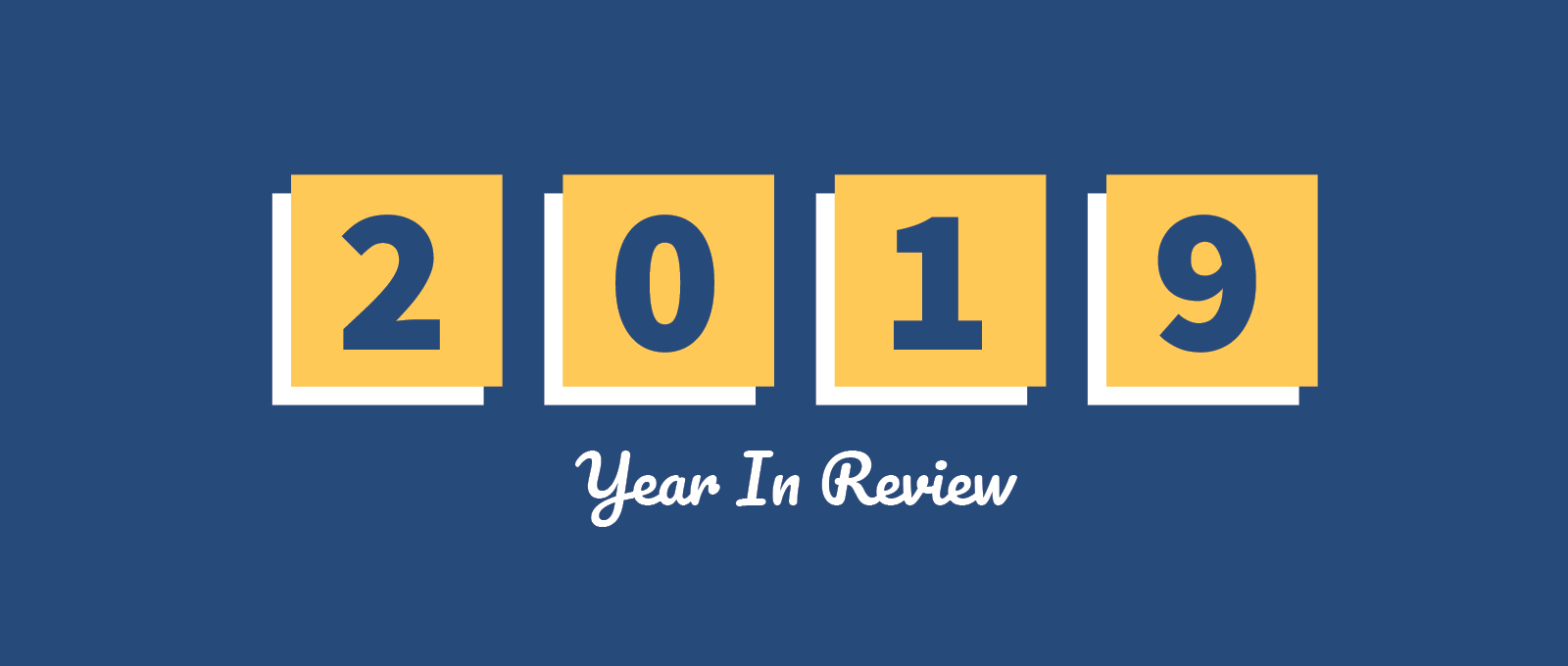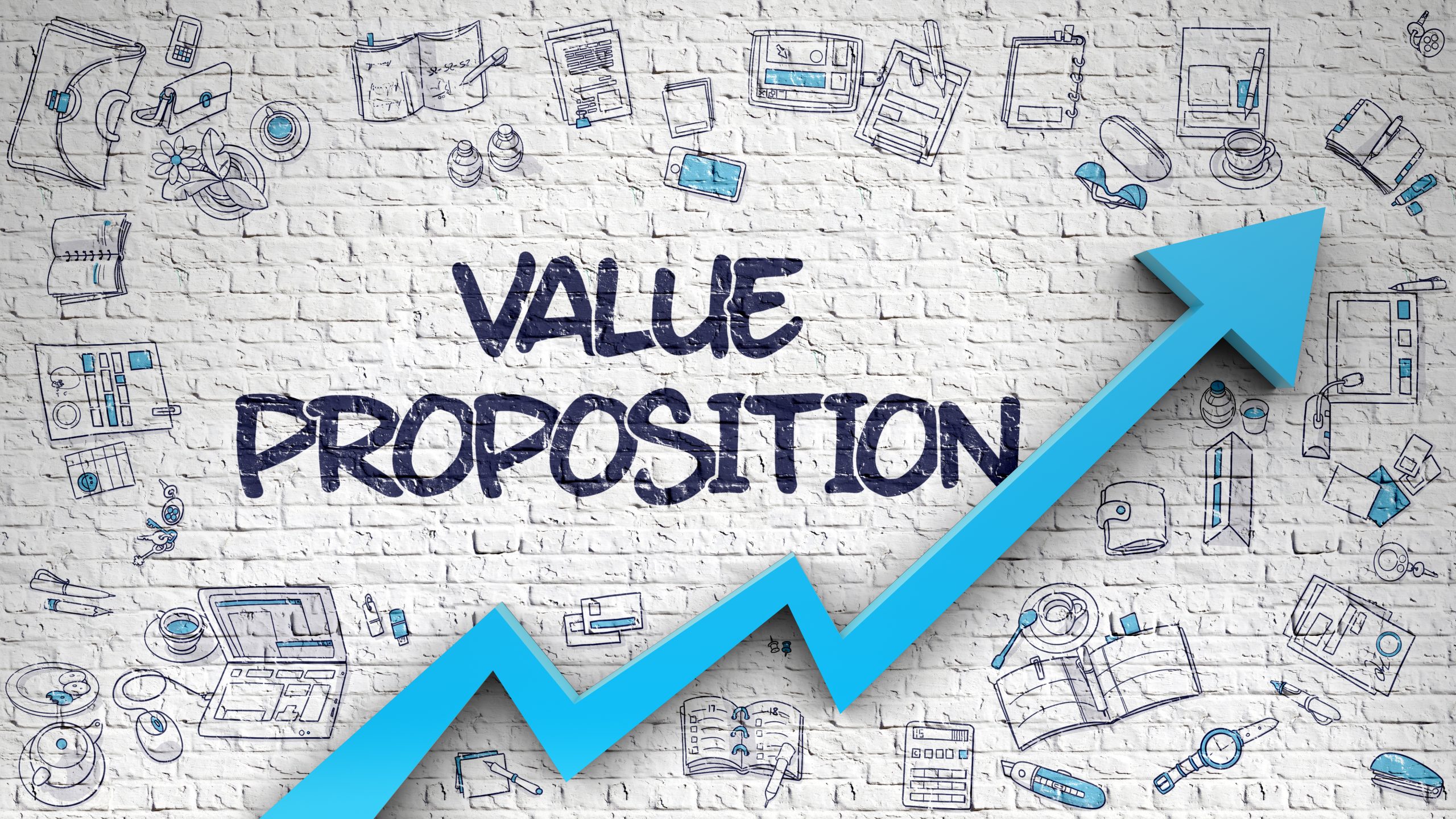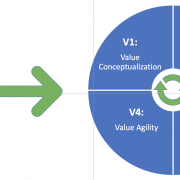The New Role Of The Firm is Captured In The 4V’s Business Model.
Source code is original writing, describing a system that can be executed by a computer. It’s a facilitating device.
The source code embedded in the research paper Subjective Value In Entrepreneurship by Professors Per Bylund and Mark Packard provides the executable description for a business system and a business model. And it does not require a computer to execute – an entrepreneur can do it.
This particular source code defines a new business model for the firm on two vectors:
- Redefining value: value is subjective not objective. It exists as a feeling in the mind of the consumer or customer. It has nothing to do with any quantifiable amount whether measured in dollars or some other metric.
- Redefining the role of the customer: since value is a feeling in their minds, it follows that they, not firms, create value. There is no value without consumption.
These two redefinitions require a third: the redefinition of the role of the firm. If firms don’t create value, what is their role in value generation?
The firm pursues new economic value on the consumer’s behalf, by identifying potential value, presenting the opportunity for value to the consumer and making it as easy as possible to experience it, and helping the consumer to assess the new experience and make adjustments and improvements if they’re called for.
This new role for the firm can be captured in the 4V’s business model.
V1: Value Scouting
In the past we have classified firms’ contribution to the economy and society in terms of output (what they make or assemble and sell) or in terms of accounting (revenue and profits). But now we can view them differently through the new lens of how they enable consumers to experience new and increasing value.
Consumers can assess their own value experiences, and they may be able to identify (although not always articulate) those elements of the value experience that are especially valuable, and those that fall short. The genius of the consumer is always to be seeking new and better value experiences, but they don’t always know where to look to find them. They recognize their own dissatisfaction but are not necessarily the ones to source or design a new solution.
In one of his annual CEO letters, Jeff Bezos said this:
It’s critical to ask customers what they want, listen carefully to their answers, and figure out a plan to provide it thoughtfully and quickly (speed matters in business!). No business could thrive without that kind of customer obsession. But it’s also not enough.
If listening to customers is not enough, what is missing?
The biggest needle movers will be things that customers don’t know to ask for. We must invent on their behalf. We have to tap into our own inner imagination about what’s possible.
This is the essence of the Value Scout role of the modern firm: the capability to identify value potential based in customer needs yet not well-articulated by them. The resource to tap into to accomplish this impossible-sounding task is dissatisfaction. Customers don’t always know what they want, but they do know what they are unhappy about or less than satisfied with. The great economist Ludwig von Mises called this feeling “unease”. It’s non-specific but it’s an open-ended request for help to make things better in some way.
What’s the entrepreneur’s value solution for unease? Jeff Bezos suggests wandering:
No customer was asking for Echo. This was definitely us wandering. Market research doesn’t help. If you had gone to a customer in 2013 and said “Would you like a black, always-on cylinder in your kitchen about the size of a Pringles can that you can talk to and ask questions, that also turns on your lights and plays music?” I guarantee you they’d have looked at you strangely and said, “No, thank you.”
Since that first-generation Echo, customers have purchased more than 100 million Alexa-enabled devices.
Another way to think about new value creation opportunities is to stretch the analogy of service. Services are eating the economy. Services represent around 77% OF US GDP and 65% of world GDP. And goods are just a physical embodiment of the services they can help deliver – like the black cylinder in the kitchen that Bezos referred to.
Why are services so pervasive? It’s reasonable to assume that people crave service. A good thought experiment is to ask, if people could have more servants, what would they have them do? Alexa is a servant who is always on call, will answer many questions, connect the user to further services, and generally facilitate a more convenient life. A life with servants. The apps on smartphones are like digital servants, and will be more so in the future as they become more intelligent and more digitally augmented. What will we ask them to do for us?
V2: Value Process Facilitation
The second role of the firm today, complementary to the value scout role, is to act as value facilitator.
It’s the consumer / end user who creates value. Firms compete to facilitate the consumer’s act of value creation. To bring the means of experiencing value up to the point where the consumer merely has to say yes to it, to press the button, to make the exchange. Everything else has been done for them in the lowest cost, most convenient, most technologically advanced and most attractively designed manner.
In the Economics For Business entrepreneurial process map, the value facilitation steps are Design and Assembly. Design is the transformation of the imaginary constructs that come from Value Scouting – i.e. an imagined solution to a customer’s unease or dissatisfaction – to a detailed plan for implementation and the assembly of resources to execute and bring the solution to market.
Design is rigorous. Assembly is exacting. Value facilitation requires unflagging effort to remove all barriers, both perceptual and functional, that might impede the customer’s decision to experience a firm’s offering. You can think of it in terms of customer work: how much work do they have to do to avail themselves of your product or service. Is the “servant’ you are providing doing all the work, or leaving some to the potential user? Customers are finding more and more that there are servants and services available to do more and more of the work, so if your offering falls below their emerging standard of convenience, you might meet market resistance.
V3: Value Monitoring
Once the customer has made the decision to experience the service the firm is providing, the firm’s role switches again. Value creation is now entirely in the customer’s hands. The role of the firm is to monitor the experience, and the customer’s assessment of the value of that experience.
Value monitoring can be quite challenging. Can a representative of your firm be present to observe the consumption experience? If you are operating a sports venue or a theater, or a transportation service or a delivery service, that’s possible. Make sure your employees are trained to observe and report back what they see, and make sure they feel encouraged and rewarded to be accurate observers and reporters.
If you are operating a website or e-commerce business, you can certainly digitally observe the clicks, time spent browsing, and other behaviors that might constitute part of a value experience.
These observations are, of course, of behavior, not feelings. Don’t make the mistake of confusing one with the other. To understand feelings of satisfaction or dissatisfaction with the experience, it’s necessary to either ask questions to empathically diagnose customer feelings, or to use inductive reasoning from the behavioral data to translate it into what you think may be the feelings at work, and then find a way to verify your theory with further testing. The connection between behavioral data and feelings is very hard to make. It’s a core skill of entrepreneurial business, and requires effort and continued investment in developing the skill.
V4: Value Agility
The identification of customer feelings about their value experience leads to adjustment of the features of the service and/or of its delivery, or adjustment in value communication so that the customer’s expectations are a closer match for their actual experience. It is the agility of firms as service providers to adjust rapidly upon the receipt of experiential data from customers and to introduce continuous innovation into the market that marks out the most successful competitors.
Customers’ value creation never ceases. Their dissatisfaction is never completely eased. They always seek betterment. Value agility matches the customers’ continuous discovery of new needs, and identification of new possibilities, with a flow of new innovation generated in response by the entrepreneurial firm. As many productive resources as possible should be dedicated to agile innovation and as few as possible to maintaining the status quo.
Value agility is the ultimate commercial proposition.









Leave a Reply
Want to join the discussion?Feel free to contribute!